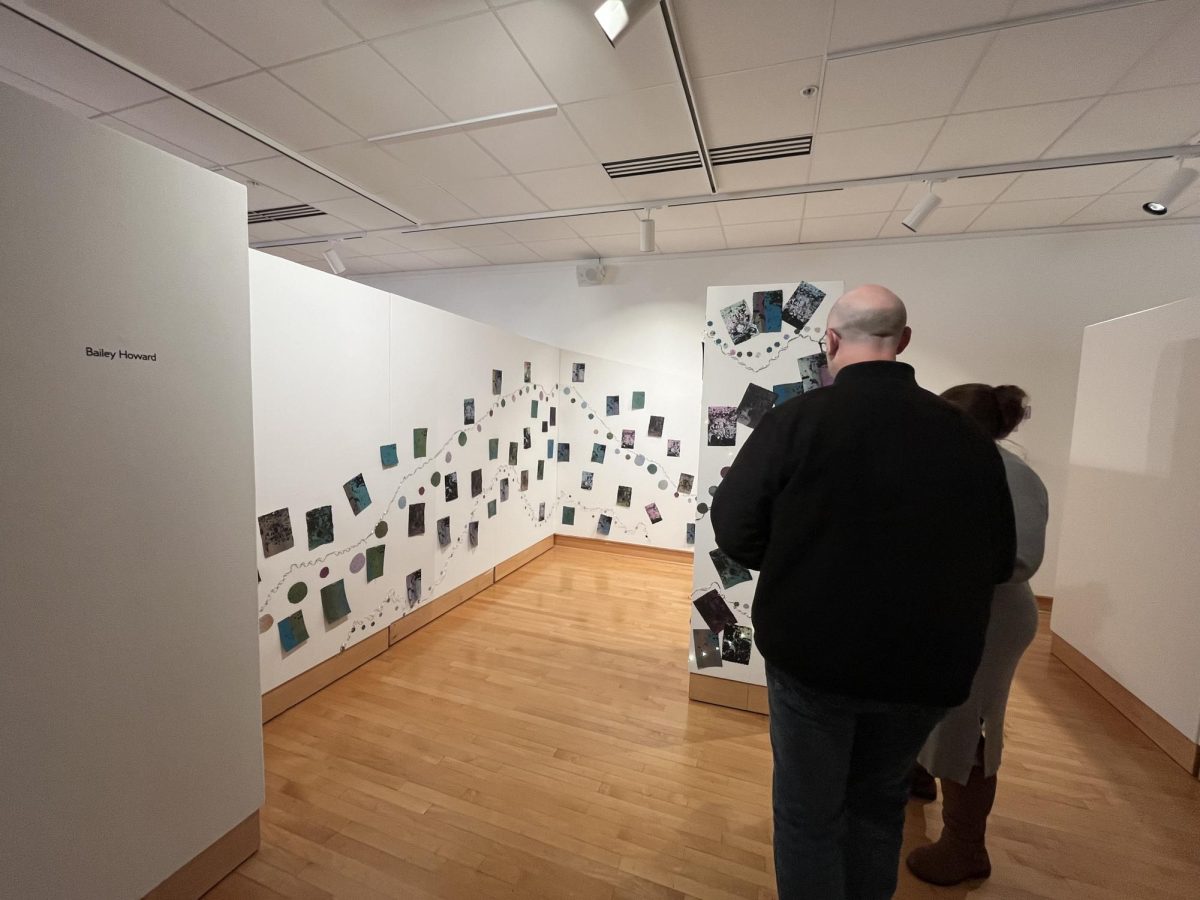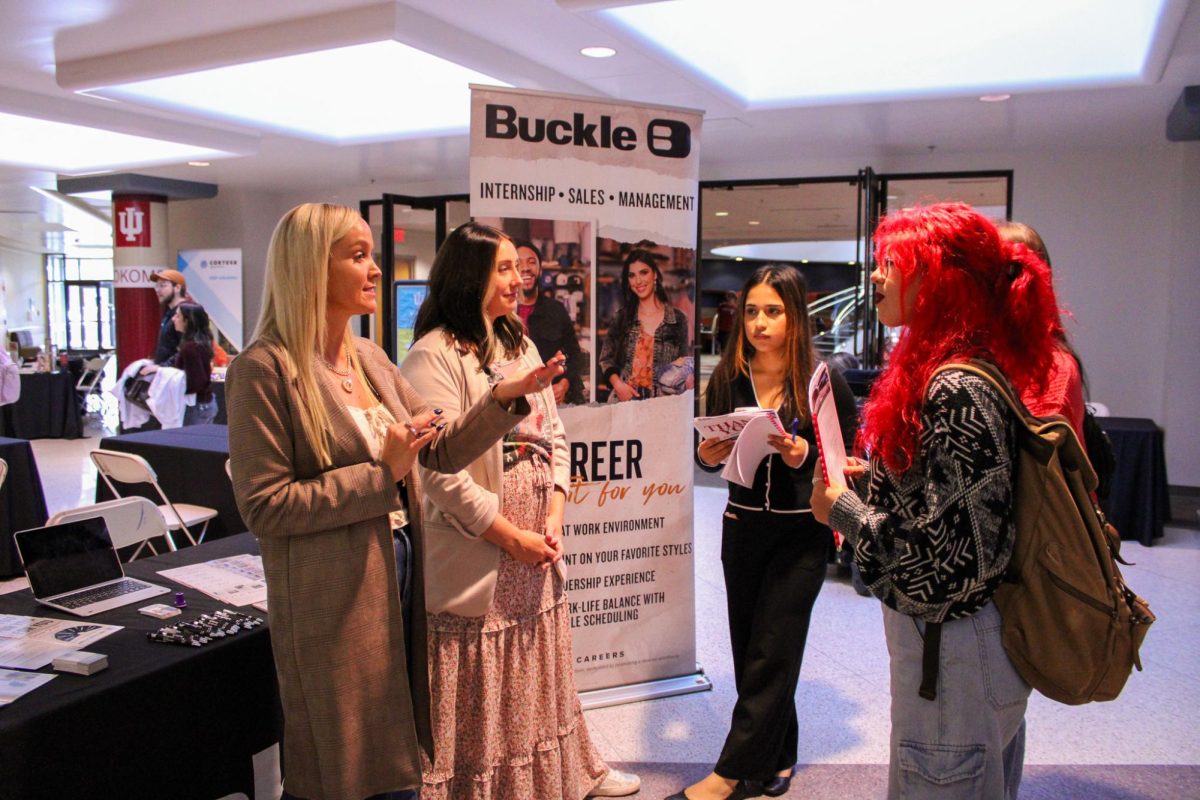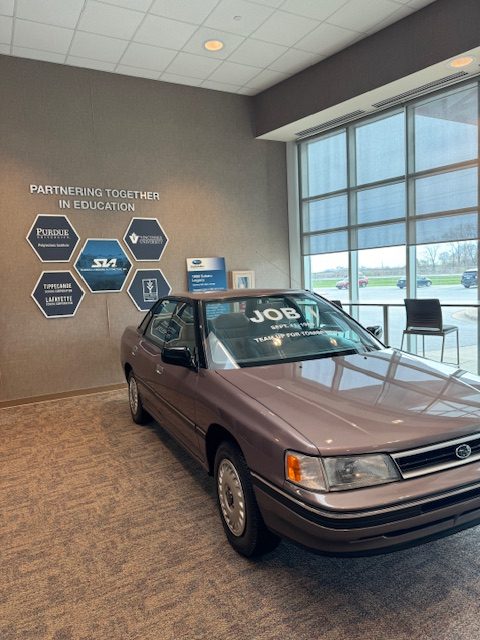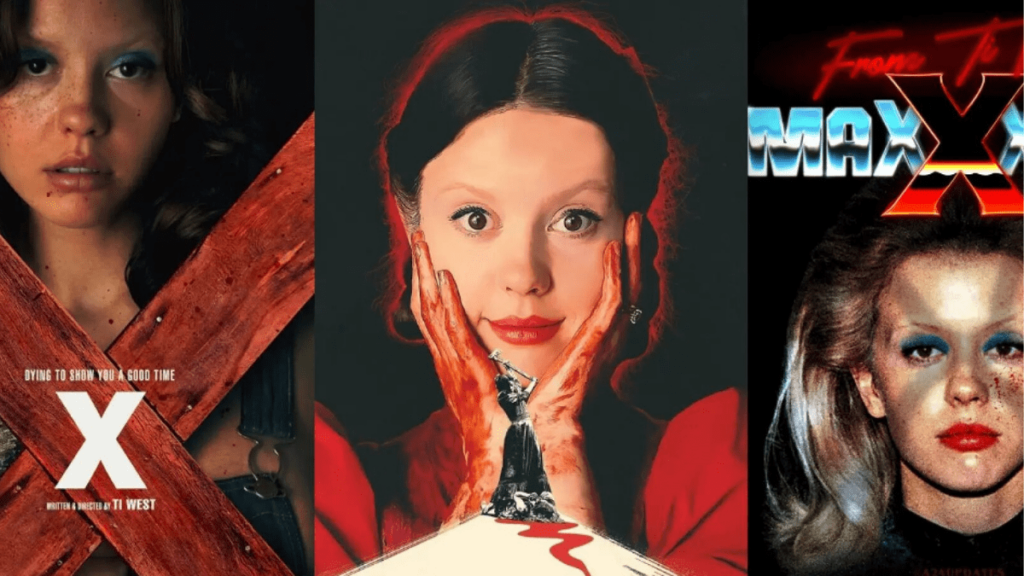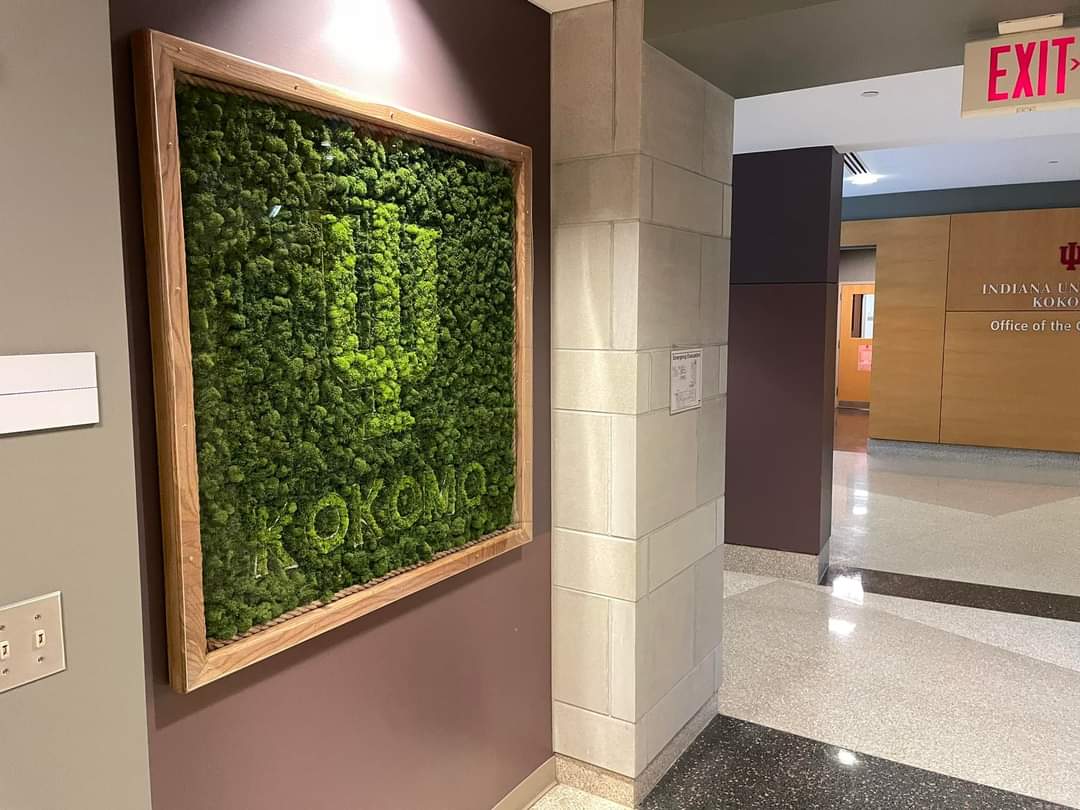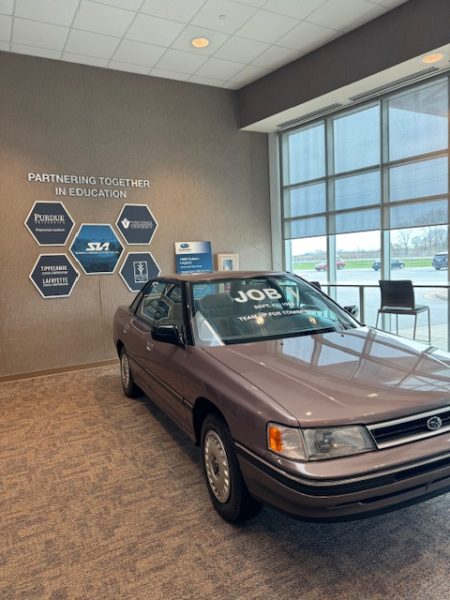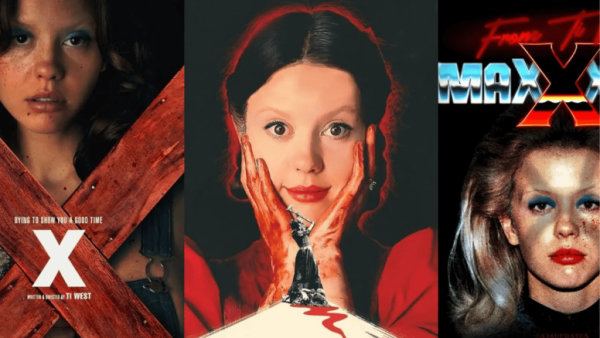Is Atomic Heart the long-awaited successor to Bioshock, or just a nice art-piece?
Since 2013’s release of Bioshock: Infinite, fans of the Bioshock series have been waiting for a sequel or some sort of successor for nearly a decade. Then, in 2017, Russian based studio Mundfish offered fans a glimmer of hope with the announcement of Atomic Heart.
Taking over five years to release since the first announcement, Atomic Heart seemed to be offering fans of games like Bioshock more than enough to satiate their hunger for the series.
With a similar larger-than-life art style and familiar gameplay mechanics shown in the several trailers released over the years, Atomic Heart developed quite a bit of hype in the gaming sphere. But does it live up to it?
First, the game is as beautiful as it was shown to be throughout its development. It is graphically impressive, and the art style is so unique that it is truly a one-of-a-kind experience.
The game is set in the Soviet Union in 1955, in an alternate timeline in which nuclear technology became the main scientific focus following World War II.
Technology in this world is more advanced than what we have now in 2023, however, the aesthetic is still in the style of the 50’s. It is truly something you need to see for yourself.
Issues begin to arise for the player whenever the awestriking set pieces and environments become normalized to them, and some of the blemishes in the game’s polish start showing through.
For one, the character the player takes control of, Agent P-3, is very standoffish and hostile throughout the game, to a point where it becomes annoying. Additionally, he has a very strange catchphrase that he repeats throughout the game: “crispy critters.” While this might be wordplay in Russian that did not translate to English well, it is still very immersion breaking whenever he says it.
Secondly, the gameplay loop may not be for everyone. By the time you get about an hour and a half into the seven-to-eight-hour playthrough, you will have run into every enemy type in the game, a glaring lack of variety.
The biggest issue with the game is the open world that was promised to players by Mundfish. Yes, Atomic Heart does have an open world, however, this may be more of a detriment than what it seems like on the surface.
Bioshock, open world itself, still gave players a noticeably clear path with optional side paths that may have contained some good loot or money for upgrades.
Atomic Heart wears its map on its sleeves, for lack of a better word. As soon as the map becomes visible to players, they can see what areas have specific loot and weapon upgrades.
While not necessarily an issue on its own, this does take away from the sense of exploration and discovery that could have been offered to players, especially in a world that has such clever worldbuilding and such beautiful environments.
The bottom line is that it feels like Mundfish was trying to emulate the open world style that other first person shooter games like Far Cry offered, but it just feels half baked.
Negatives aside, the combat in this game feels very satisfying, especially at the end of the game where P-3 is well equipped enough to have the firepower of a tank.
While there is a lack of variety in regular enemy types, the boss fights in this game are all super fun, and the designs of these bosses are equally as cool as the rest of the game.
If you liked Bioshock and are craving a fix for something similar, Atomic Heart might be for you. Though, it may be beneficial for you to wait until it goes on sale, as $60-$70 for this game may be too steep a price for general consumers.
Your donation will support the student journalists of Indiana University Kokomo. Your contribution will allow us to purchase equipment and cover our annual website hosting costs.




